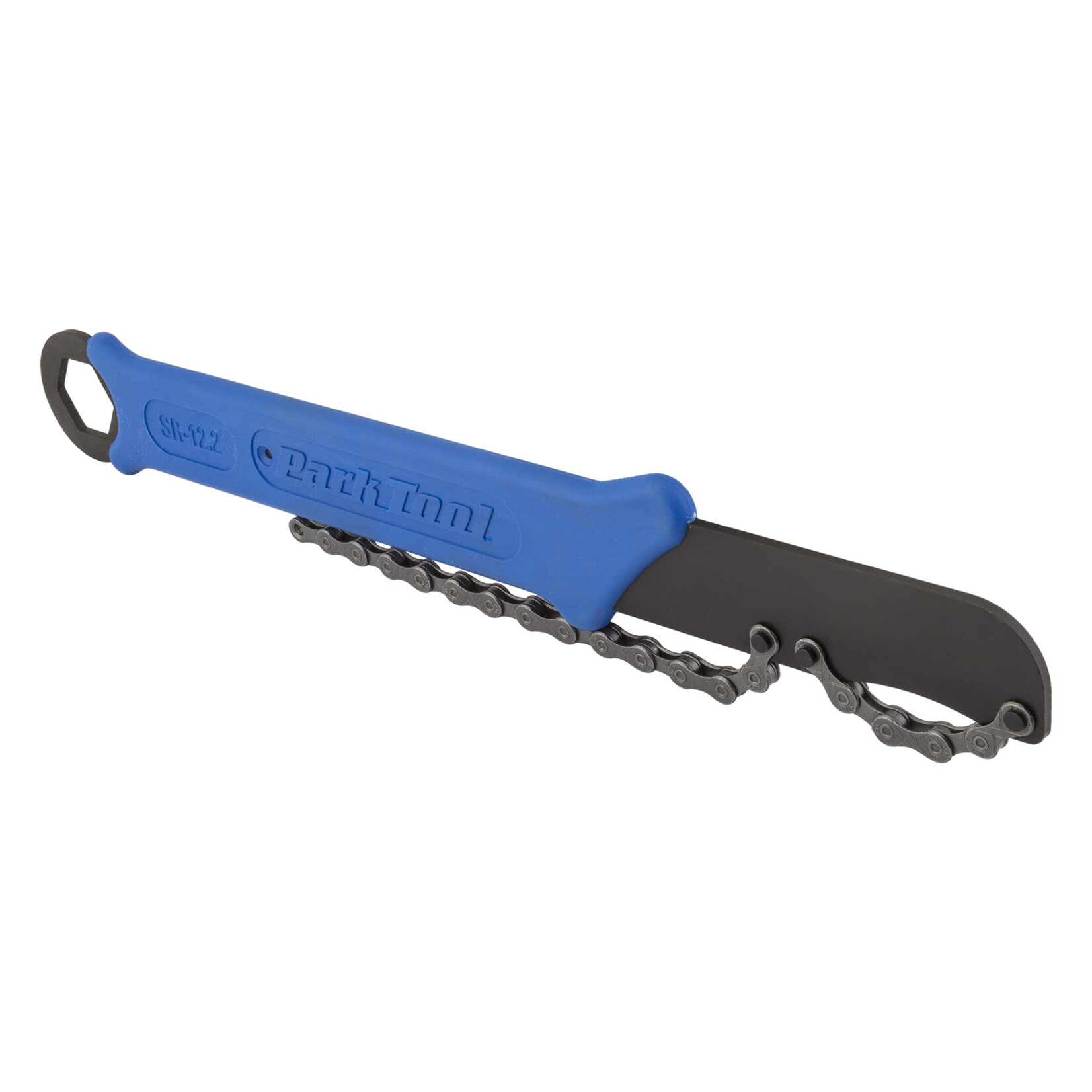Freewheels versus Cassettes
- Posted on
- By Teddy
- Posted in cassette, chain whip, drive train, freewheel, gears, tools
- 0
Not sure you know the difference between a cassette and freewheel? You soon will. Read on.
If you read our introduction to GEARS, then you know that the purpose of a gear is to move energy from the rider, through the bicycle, to turn the drive wheel. If you haven’t read that tutorial, go check it out and then come back [ link here ].
Now, the rear sprockets on a bicycle come in three basic varieties – freewheel, cassette, and fixed-gear. Fixed-gear rear sprockets (also known as "fixies") turn at the same rate as the wheel to which they're attached, and they can only stop turning if the wheel itself stops turning. These are the least common type of rear sprocket.
For the sake of this tutorial, we will be talking about freewheels and cassettes, not fixed gears. (If you need help with your fixed gear setup, contact us.)
Understanding the difference between the two is key when deciding on the right replacement parts to perform your gear replacement.
Both freewheels and cassettes can turn forward and backward - if they turn forward, they pull the wheel into turning at the same rate. If they turn backward, the wheel is not moved and no energy is transferred to it. That's where the similarities end.
 |
|
| A cassette | A freewheel |
So let's go over the differences.
Freewheels are rear sprockets that contain bearings and a ratcheting free-turning mechanism. Freewheels attach to the rear wheels hub by threading on, like a nut onto a bolt. Freewheels may have a single sprocket, or multiple sprockets of different diameters. Single speed bikes use a single sprocket freewheel and multiple speed bikes use a freewheel with more than one sprocket.
Multiple speed bikes may also use a cassette instead of a freewheel. Cassettes are simple stacks of sprockets that usually attach to the rear hub using a lock ring. Unlike freewheels, cassettes have no bearings and no ratcheting free-turning mechanism. This means that the hub they attach to must have such a mechanism. (Note: some high-end mountain bike cassettes thread on instead of using a lock ring.)
The MAIN THING to remember when figuring out if you have a freewheel or a cassette is this – if the sprockets thread onto the hub like a nut on a bolt, you most likely have a freewheel. If the sprockets slide onto the rear hub and are locked down using a lock ring, you most likely have a cassette.
The tools required for a freewheel replacement are a freewheel remover and a crescent wrench.
 |
 |
| Freewheel and cassette removal tools with a crescent wrench | Chain Whip - used to keep a freehub from turning during removal |
The tools required for a cassette replacement are a cassette remover, a crescent wrench, and a chain whip.
If you’ve gotten this far, you now know whether you have a freewheel or a cassette. So, the next thing to figure out is how many sprockets, or gears you need on your new one. Modern freewheels and cassettes may have as few as 5 gears, and as many as thirteen. To figure out how many gears are on yours, count how many sprockets there are.
The last thing you’ll need to figure out is the gear spread of your freewheel or cassette – simply put, how many teeth are in the largest and smallest sprockets. Unless you’re an advanced mechanic, if you’re doing a straight-up replacement, it’s best to stay with the SAME GEAR SPREAD when purchasing your new freewheel or cassette. This is because the new gears, if a larger diameter than those coming off your bike, may be too large for your derailleur and chain, and if a smaller diameter than those coming off your bike, may necessitate shortening the chain.


Comments
Be the first to comment...